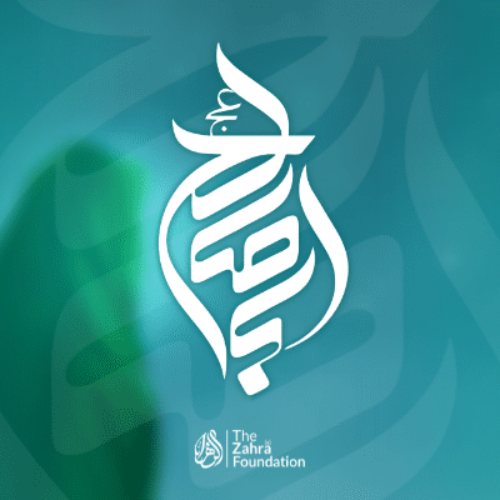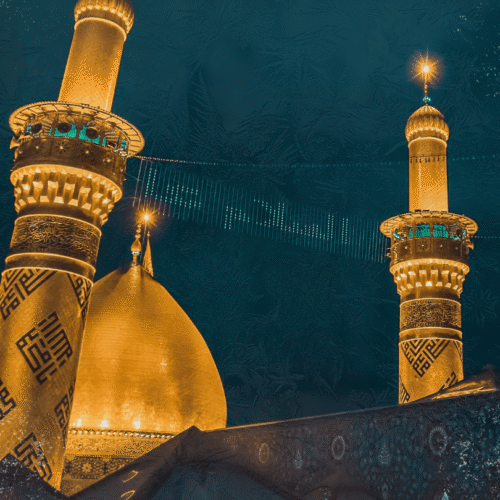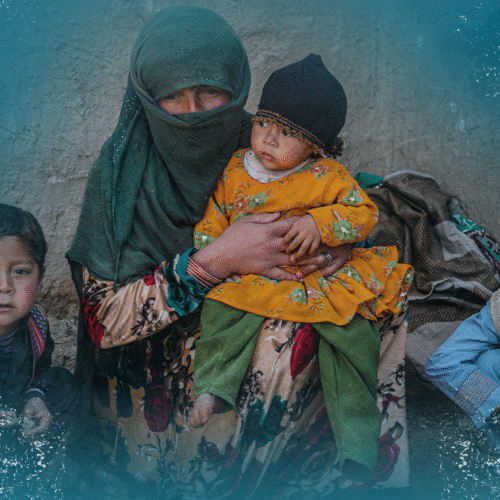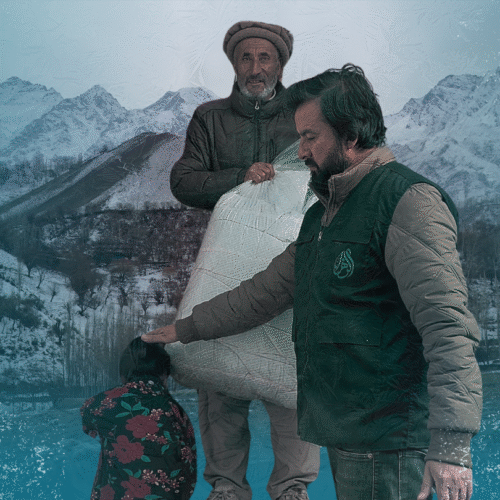The bodies of Imam Hussain (as), his family, and companions lay unburied for three days, from the 10th to the 13th of Muharram. During this time, only the soldiers of Ibn Saad’s (as) army were buried, leaving the martyrs exposed under the sun, without shrouds or graves.
The tragedy of Karbala did not end with the martyrdom of Imam Hussain (as) on the 10th of Muharram.
When the battlefield fell silent, a sacred responsibility remained: the burial of the martyrs.
On the 13th of Muharram, an extraordinary event unfolded. Imam Zain Al-Abideen (as), though imprisoned in Kufa, miraculously appeared in Karbala to bury his father and the martyrs.
Let’s explore this miracle in more depth.
After Ashura: The Bodies Remain Unburied
After the massacre on the plains of Karbala, the bodies of Imam Hussain (as), his family, and his companions were left without burial for three days. Umar ibn Saad (la) and his men, all a part of Yazid’s (la) army, left the blessed martyrs lying on the burning plains of Naynawah.
On the 11th of Muharram, the women and children were taken as prisoners to Kufa.
After the army had left with the Caravan of Honour, the tribe of Banu Asad approached the battlefield intending to bury the dead.
One of the tribesmen said, “Once the army had left, I came to the battlefield and saw light emanating from those corpses that were covered with blood yet smelled sweet scents.”
The Banu Asad were unable to identify the disfigured and decapitated bodies scattered across the plain. The scene was heartbreaking and overwhelming.
The Miracle of Imam Zain Al-Abideen (as)
Imam Zain Al-Abideen (as), having become the Imam after the martyrdom of Aba Abdillah (as), was taken as a prisoner to Kufa.
Yet on the 13th of Muharram, he arrived in Karbala to perform the burial rites of Imam Hussain (as) and the shuhada of Karbala.
This was a moment that defied the physical barriers of oppression and prison. It was a divine miracle, made possible only through the will and authority of Allah (swt).
In Surah al-Baqarah, Allah (swt) says, “Allah (swt) grants His kingdom to whomever he pleases.” (2:247)
According to Imam Al-Ridha (as), Imam Sajjad (as) left the prison of Kufa without anyone noticing to perform the burial rites of Imam Hussain (as) and the martyrs. Once completed, he returned to the prison. (Nafasul Mahmum)
The Burial of the Martyrs of Karbala
When Imam Zain Al-Abideen (as) arrived in Karbala, the Banu Asad were confused. The Imam (as) advised them that it was his task to bury the martyrs.
Imam Sajjad (as) advised the Banu Asad of the martyrs’ names, identifying the members of the Banu Hashim from the remaining martyrs.
The Imam (as) placed his hand under his father’s back and said, “In the Name of Allah, and according to the creed of the Messenger of Allah (swt). Allah (swt) has said the truth, and so has His Messenger (saww). The will of Allah (swt) be done; there is no power nor might except in Allah, the Great.”
After placing Imam Hussain (as) in his grave, Imam Sajjad (as) said, “Congratulations to the land that contains your pure body, for the world after you is dark, whereas the hereafter in your light shall shine.”
Imam Zain Al-Abideen would then bury his uncle, Hazrat Abbas (as) next. When he approached his uncle’s body, the Imam (as) said, “May the world after you be obliterated, O moon of Banu Hashim, and peace from me to you, O martyr, and the mercy of Allah (As) and His blessings.”
The Imam (as) would bury the rest of the martyrs of Karbala as well:
- Ali Al-Akbar (as) was buried by Imam Hussain’s (as) feet
- Ali Al-Asghar (as) was buried with Imam Hussain (as)
- Habib ibn Madhahir was buried near Aba Abdillah’s (as) tomb
- Hurr ibn Riyahi’s tribe took his body for burial
- The remaining members of Banu Hashim and the companions were buried in a common grave
By the loving grace of Allah (swt), the martyred heroes of Karbala were finally laid to rest.
Conclusion
As we reflect on the events of Ashura, let us not forget the miracle that followed. The 13th of Muharram is a day of divine proof, sacred honour, and spiritual continuity.
In the spirit of Karbala, let us honour the martyrs through acts of compassion. Support vulnerable families, orphans, and the oppressed, just as the Ahlulbayt (as) supported all those in need.
Donate today in honour of the 13th of Muharram. Let their legacy live through our actions.
FAQs
The burials took place on the 13th of Muharram. The burial was performed by Imam Zain Al-Abideen (as), who miraculously appeared despite being imprisoned in Kufa. He was assisted by members of the local tribe, Banu Asad, who helped dig the graves under his guidance.
Banu Asad lived near Karbala and felt spiritually and morally compelled to bury the martyrs. Years before, Imam Hussain (as) had purchased the land of Karbala and gifted it back to the tribe on the condition that they would bury him and his companions if he were ever killed there. This agreement moved them to act when they saw the bodies abandoned.
The bodies were severely disfigured, beheaded, and many were unrecognizable. The Banu Asad were unable to distinguish one martyr from another, especially among the youth and family members.
They needed someone who knew each individual personally, and that person was Imam Zain Al-Abideen (as).
By divine will, Imam Zain aA-Abidin (as) was granted the ability to leave prison and return to Karbala. In Shia belief, only an Imam can bury another Imam and perform their funeral rites.
This sacred responsibility affirmed his position as the next Imam and preserved the honour of his father’s burial.






